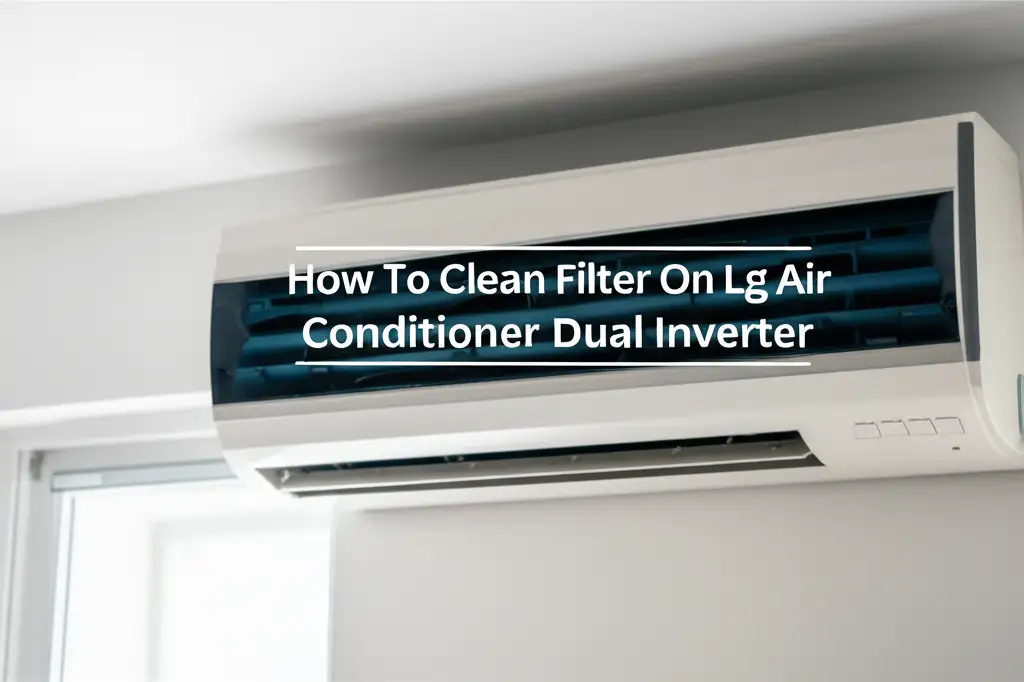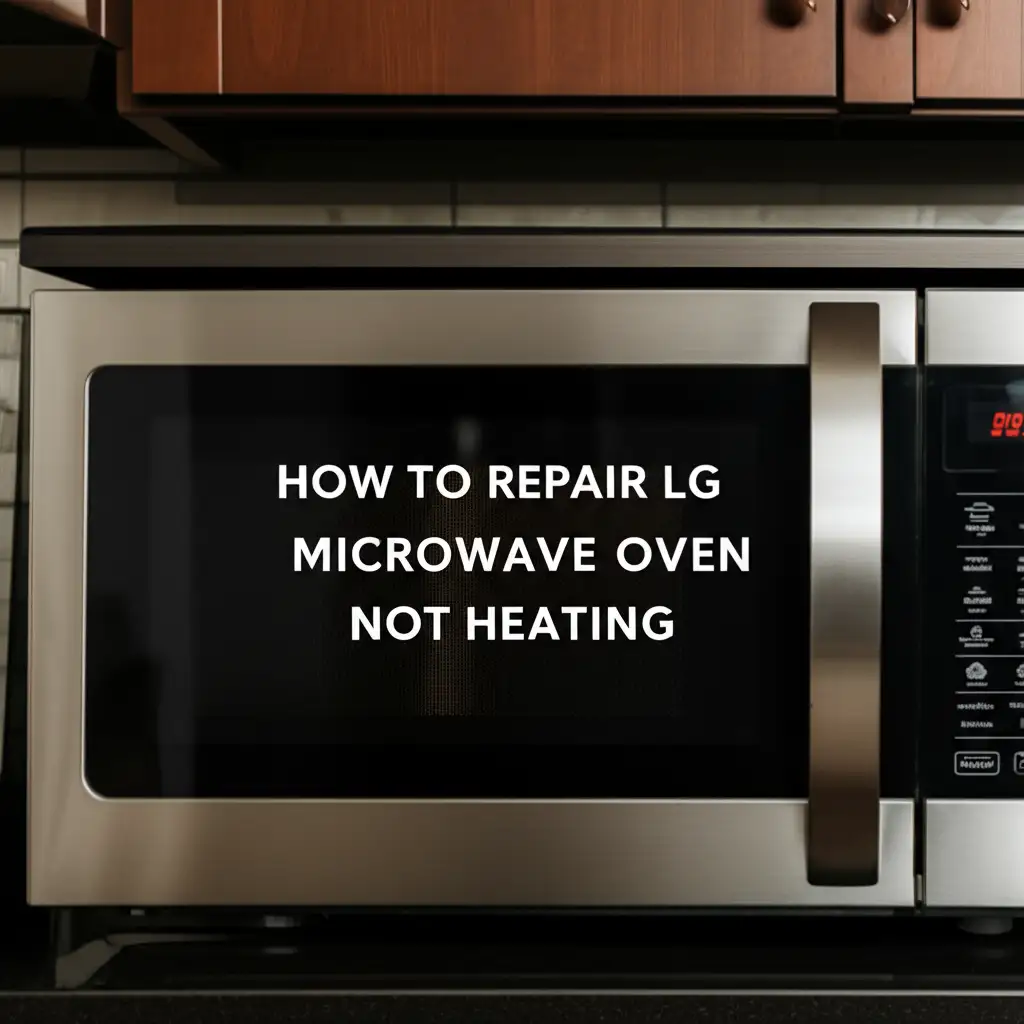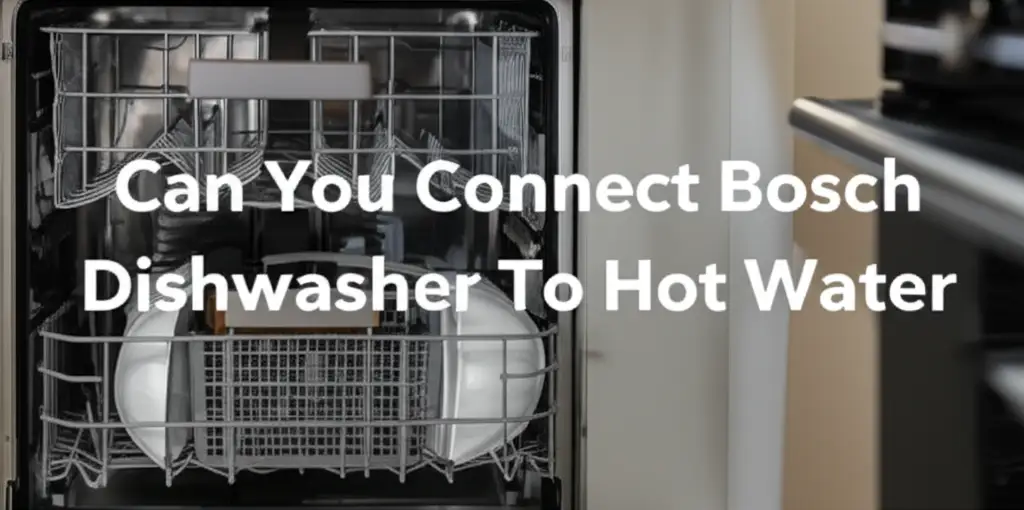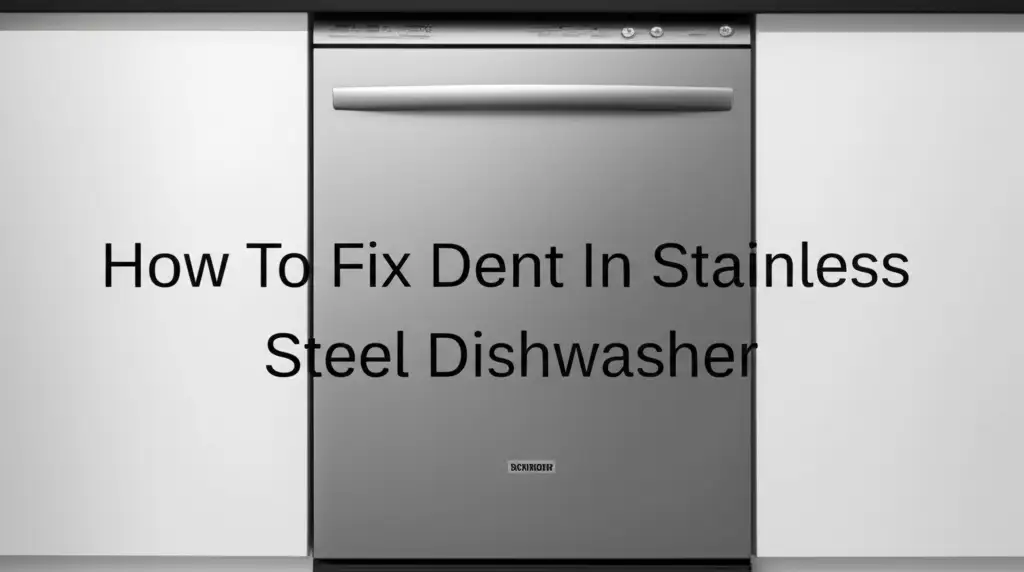· Todd Martin · Home Appliances · 18 min read
How Much Does Pool Heat Pump Cost To Run
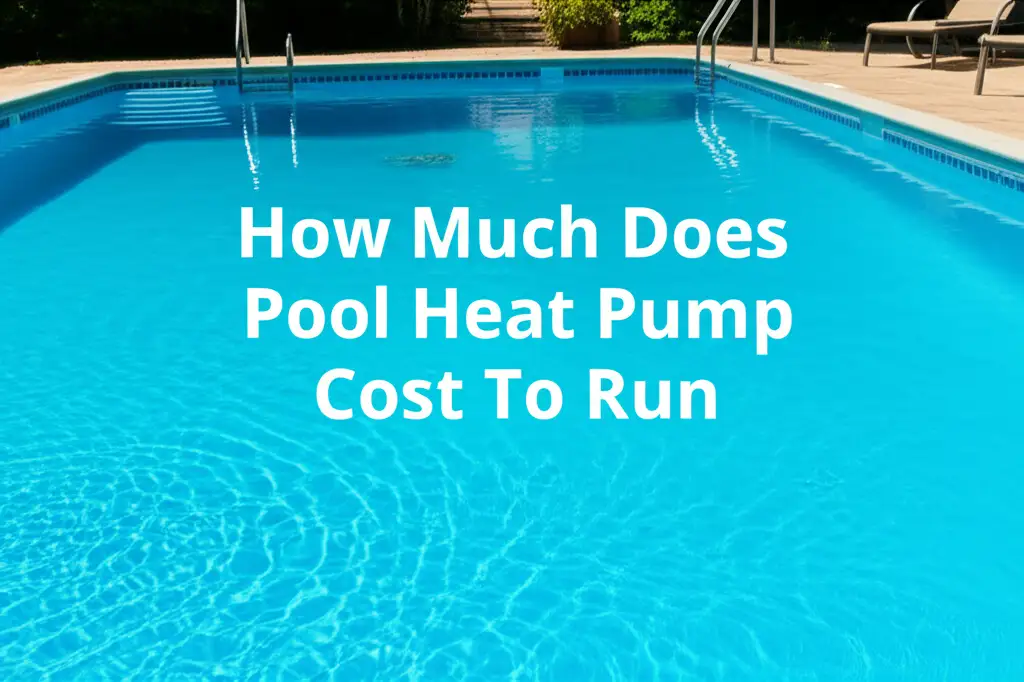
Understanding Your Pool Heat Pump Running Costs
Dreaming of a warm pool, even when the weather outside is cool? A pool heat pump makes this dream real. It offers a way to extend your swimming season comfortably. Many pool owners wonder about the ongoing expenses. “How much does pool heat pump cost to run?” is a common question I hear. Understanding these costs helps you plan your budget. It also helps you make smart choices about your pool system.
This article explains the factors that affect your pool heat pump’s running costs. We will look at how to calculate energy use. We will also discuss the importance of efficiency ratings like COP and SPF. I will share practical strategies to lower your monthly electricity bill. You will gain clear insights into what makes a pool heat pump an economical choice for comfortable swimming. We will cover everything from proper sizing to essential maintenance.
Takeaway
- Key Factors Influence Cost: Pool size, location, air temperature, desired water temperature, and electricity rates affect running costs.
- Efficiency Matters: Higher Coefficient of Performance (COP) and Seasonal Performance Factor (SPF) mean lower operating costs.
- Energy Savings Strategies: Using a pool cover, proper insulation, correct sizing, and regular maintenance can significantly reduce expenses.
- Calculate Your Costs: Estimate monthly costs by using your heat pump’s power consumption, hours of operation, and local electricity rates.
How much does a pool heat pump cost to run?
A pool heat pump typically costs between $100 and $400 per month to run. This cost depends on factors such as your pool size, local electricity rates, how often you use the heat pump, and the desired water temperature. Efficient models and good pool insulation help lower these expenses.
Factors Affecting Pool Heat Pump Running Costs
Several elements combine to determine how much you spend on heating your pool. Understanding these factors helps you predict your monthly energy bill. It also lets you find ways to save money. We will break down each major influence on your pool heat pump’s operating expense.
First, your geographical location plays a large role. Colder climates require more heating than warmer ones. This means your heat pump will run for longer periods each day or season. A pool in Florida will cost less to heat than a pool in New York. The average ambient air temperature directly impacts the heat pump’s efficiency.
Next, the size of your swimming pool is a critical factor. A larger pool holds more water. More water needs more energy to heat. It also loses heat faster. You need a larger, more powerful heat pump for big pools, which can consume more electricity. Knowing how many BTU a pool heat pump you need is important for efficient operation.
The desired water temperature also impacts costs. Do you like your pool at 78°F or 85°F? Each degree increase needs more energy. A small temperature difference might not seem like much. However, over a swimming season, it adds up significantly. Keep your target temperature reasonable to manage expenses.
Electricity rates in your area are another major cost driver. These rates vary greatly by state and even by utility provider. Some areas have much higher rates per kilowatt-hour (kWh) than others. You should check your local utility bill to find your current electricity rate. This rate will directly multiply by your heat pump’s energy consumption.
Lastly, the pool heat pump’s efficiency rating matters. Newer models are often more efficient than older ones. We will discuss efficiency in more detail later. An efficient heat pump uses less electricity to produce the same amount of heat. This reduces your running costs over time.
Calculating Your Pool Heat Pump’s Energy Consumption
Estimating your pool heat pump’s energy use helps you budget. You can calculate daily, weekly, or monthly costs with a few pieces of information. This process involves understanding a few key terms. Once you grasp these terms, the calculation becomes simple.
First, you need to know your heat pump’s power consumption. This is usually listed in kilowatts (kW) or amps (A) on the unit’s specifications. If it shows amps, you can convert it to kilowatts. A common formula is Watts = Volts x Amps. Then divide Watts by 1000 to get kilowatts. For example, a 50,000 BTU heat pump might draw around 5-6 kW.
Next, determine how many hours per day or month your heat pump operates. This varies based on your climate and desired temperature. For instance, in mild climates, a heat pump might run 6-8 hours daily to maintain temperature. In colder weather, it could run much longer. Consider how many hours you plan to use the pool.
Finally, find your local electricity rate. This rate is typically measured in dollars per kilowatt-hour ($/kWh). Your utility bill will provide this number. Rates can change based on the time of day or season. Always use your most current rate for accurate estimates.
Now, let’s put it together. The formula is: Daily Cost = (Heat Pump kW) x (Hours of Operation per day) x (Electricity Rate $/kWh)
For example, if your heat pump uses 5 kW, runs for 8 hours a day, and your electricity rate is $0.15/kWh: Daily Cost = 5 kW x 8 hours x $0.15/kWh = $6.00 per day. Monthly Cost = $6.00/day x 30 days = $180.00 per month.
This calculation provides a good estimate. Actual costs may vary slightly due to factors like humidity or heat pump cycling. However, it gives you a solid base for understanding your expenses. Comparing this to other systems, you might find a heat pump is cheaper to run than alternatives like an electric furnace. Read more on if a heat pump is cheaper to run than an electric furnace.
Understanding Coefficient of Performance (COP) and Seasonal Performance Factor (SPF)
When evaluating a pool heat pump, COP and SPF are crucial. These numbers tell you how efficient a heat pump is. They help you compare different models. A higher number means better efficiency and lower running costs. Understanding these terms makes you a smarter buyer and operator.
Coefficient of Performance (COP) measures a heat pump’s efficiency at a specific operating point. It is a ratio of the heat energy delivered to the pool compared to the electrical energy consumed. For instance, a COP of 5 means the heat pump delivers 5 units of heat for every 1 unit of electricity it uses. This is a very efficient exchange. Most pool heat pumps have COPs ranging from 4 to 7.
A higher COP directly translates to lower operating costs. If a heat pump has a COP of 6 instead of 4, it uses less electricity to achieve the same heating output. This saves you money on your utility bill every month. Manufacturers test COPs under specific conditions, often 80°F air and 80°F water. Remember, actual performance can vary with real-world conditions.
Seasonal Performance Factor (SPF) is a more comprehensive measure. It considers the heat pump’s performance over an entire heating season. SPF takes into account varying air temperatures, humidity levels, and how often the unit cycles on and off. While COP is a snapshot, SPF provides a broader view of real-world efficiency. Unfortunately, SPF data is less commonly provided for pool heat pumps than COP.
Why is SPF important? A heat pump might have a high COP in ideal conditions. However, its performance might drop significantly when the weather gets cooler. SPF reflects this average performance. Always look for a heat pump with a high COP. This generally indicates better overall efficiency. Even a slight increase in COP can lead to substantial savings over years of use. Consider how to run an air source heat pump efficiently for more savings. You can find more information on how to run an air source heat pump efficiently.
Strategies to Reduce Pool Heat Pump Operating Expenses
Lowering your pool heat pump’s running costs is achievable with smart strategies. These methods focus on reducing heat loss and maximizing efficiency. Implementing even a few of these tips can lead to significant savings on your energy bill. I find these strategies to be highly effective for my own pool.
First, using a pool cover is the most impactful step. A good quality solar cover or automatic cover acts as insulation. It prevents heat from escaping into the cool night air. Up to 70% of a pool’s heat loss occurs through the surface. Covering your pool overnight or when not in use drastically cuts down on heat loss. This means your heat pump runs less often. It maintains your desired temperature with less effort.
Second, insulating your pool walls and floor helps retain heat. While more common during pool construction, existing pools can sometimes be retrofitted. Good insulation reduces heat transfer between the water and the ground. This keeps the heat where you want it. It means less work for your heat pump.
Third, ensure your heat pump is correctly sized for your pool. An undersized unit will run constantly, struggling to heat the water. This can lead to higher bills and more wear on the unit. An oversized unit might cycle on and off too frequently, which also reduces efficiency. It is important to match the heat pump’s BTU output to your pool’s volume and your climate. This avoids common issues like the heat pump shutting off frequently. You might find it helpful to understand why your pool heat pump keeps shutting off for troubleshooting.
Fourth, lower your desired water temperature by a few degrees. Even a 2-3°F reduction can save you a noticeable amount. Most people find a temperature between 78-82°F comfortable. Experiment to find the lowest temperature that still suits your needs. Each degree requires energy to maintain.
Fifth, consider timing your heat pump’s operation. If your electricity rates vary by time of day, run your heat pump during off-peak hours. This is when electricity is cheaper. Even if rates are flat, running it during the warmest part of the day can be more efficient. The heat pump extracts heat from the air, and warmer air makes it work less hard.
Finally, pair your heat pump with solar panels. If you have solar, you can offset some or all of your heat pump’s electricity consumption. This greatly reduces or even eliminates your pool heating costs. It is an initial investment but provides long-term energy independence. Look into whether you can run an air source heat pump with solar panels.
Maintenance Tips for Optimal Running Cost
Proper maintenance is vital for your pool heat pump’s efficiency. Regular care ensures the unit runs smoothly. It also prevents costly breakdowns. Ignoring maintenance can lead to higher electricity bills. It can also shorten your heat pump’s lifespan. I always advise following a simple maintenance schedule.
First, keep the coil fins clean and clear of debris. The heat pump draws air across these fins to extract heat. Leaves, dirt, and other debris can block airflow. Restricted airflow reduces the heat pump’s efficiency. It makes the unit work harder. Use a garden hose to gently spray down the fins. You should do this a few times during the swimming season. Be careful not to bend the delicate fins.
Second, ensure there is adequate clearance around the unit. The heat pump needs space to draw in and expel air freely. Do not place objects or plant shrubs too close to the unit. Manufacturers typically recommend at least 1-2 feet of clear space on all sides. This allows for optimal airflow and performance. A blocked unit will run less efficiently.
Third, check your pool’s water chemistry regularly. Imbalanced water can cause scale buildup inside the heat exchanger. This reduces heat transfer efficiency. It makes the heat pump less effective at heating your pool. Proper pH and alkalinity levels protect your heat pump’s internal components. This ensures efficient operation.
Fourth, inspect the electrical connections and wiring. Loose connections can lead to power loss or safety issues. If you notice any signs of wear or damage, contact a qualified electrician. Never attempt electrical repairs yourself unless you are trained. Issues like a tripping breaker can signal a problem. You might want to understand why your pool heat pump keeps tripping the breaker.
Fifth, clean your pool filter regularly. A dirty or clogged pool filter restricts water flow. Your heat pump relies on a steady flow of water to operate efficiently. Low flow can cause the unit to work harder or even shut down. Make sure your pump and filter system are working well. This ensures water moves freely through the heat pump. Sometimes, a heat pump might display a “no flow” error. This indicates a problem with water circulation. Learning why your pool heat pump says no flow can help troubleshoot this.
Finally, consider professional servicing annually. A qualified technician can inspect the refrigerant levels, electrical components, and overall system performance. They can spot small issues before they become major problems. Annual check-ups help maintain peak efficiency. This keeps your running costs low.
Real-World Examples: Pool Heat Pump Costs
Understanding real-world scenarios helps solidify how much a pool heat pump costs. These examples show how different factors influence the monthly bill. My own experiences and observations from others often fit these patterns. Each example assumes a moderate electricity rate and average use.
Example 1: Small Pool in a Warm Climate
- Location: Southern Florida
- Pool Size: 15,000 gallons (small to medium)
- Desired Temperature: 82°F
- Usage: March to November (9 months)
- Heat Pump: High-efficiency, 50,000 BTU
- Average Run Time: 4-6 hours per day
- Estimated Monthly Cost: $70 - $150
In this scenario, the warm climate means the heat pump does not work as hard. Shorter run times and a smaller pool contribute to lower bills. A homeowner here might use a pool cover occasionally. This helps maintain temperature with minimal effort. The heat pump mainly adds a few degrees for comfort.
Example 2: Medium Pool in a Temperate Climate
- Location: North Carolina
- Pool Size: 25,000 gallons (medium)
- Desired Temperature: 80°F
- Usage: April to October (7 months)
- Heat Pump: Standard efficiency, 85,000 BTU
- Average Run Time: 6-10 hours per day
- Estimated Monthly Cost: $150 - $300
Here, the cooler spring and fall temperatures increase the heat pump’s workload. A larger pool also demands more energy. This homeowner likely uses a pool cover most nights. They may also adjust the temperature setting slightly in cooler months. This helps manage the higher demand.
Example 3: Large Pool in a Cooler Climate
- Location: New Jersey
- Pool Size: 40,000 gallons (large)
- Desired Temperature: 78°F
- Usage: May to September (5 months)
- Heat Pump: High-efficiency, 120,000 BTU
- Average Run Time: 8-12 hours per day
- Estimated Monthly Cost: $250 - $450+
For larger pools in cooler areas, heating costs naturally go up. The heat pump runs longer to overcome significant heat loss. Good insulation and consistent use of a pool cover are essential here. Some owners might also use a solar cover during the day to gain free heat. The overall cost to install an air source heat pump can also be a factor here. For reference, you can look at how much an air source heat pump costs to install.
These examples highlight the impact of climate, pool size, and desired temperature. They also show how energy-saving practices can help keep costs in check. My experience shows that these costs can be much higher if a heat pump is not well-maintained or if pool covers are not used.
Pool Heat Pump Efficiency: What to Look For
Choosing an efficient pool heat pump helps lower your running costs from day one. When you shop for a unit, several features and specifications indicate its efficiency. Focusing on these helps you make a smart investment. I always tell people to prioritize efficiency over the lowest sticker price.
First, look for the Coefficient of Performance (COP) rating. As discussed earlier, a higher COP means more heat output per unit of electricity. Aim for a COP of 5.0 or higher. Some premium models can reach 6.0 or even 7.0. A heat pump with a higher COP will cost more upfront but will save you significant money over its lifespan. It is often a key factor in why an air source heat pump might be expensive to run if it is not efficient. Understanding why an air source heat pump is expensive to run can provide more context.
Second, consider variable speed heat pumps. Traditional heat pumps run at a single speed. Variable speed models can adjust their compressor and fan speeds. They run at lower speeds when full heating is not needed. This allows them to maintain temperature more efficiently. They use less power at lower speeds. This often results in substantial energy savings. These models are generally quieter as well.
Third, check for defrost capabilities. In cooler climates, frost can build up on the outdoor coil. An efficient defrost cycle ensures the heat pump can operate in colder temperatures without losing much efficiency. Some heat pumps use reverse cycle defrost. Others use hot gas bypass. Effective defrosting means the unit runs better when the air is chilly.
Fourth, look for digital controls and programming options. Advanced control panels allow you to set specific temperature schedules. You can set the heat pump to run only when needed. Some models even connect to smart home systems. This allows for remote control and monitoring. Precise control helps avoid wasted energy. You can set it to turn off when you leave for vacation, for instance.
Fifth, consider the material of the heat exchanger. Titanium heat exchangers are highly durable and corrosion-resistant. This is important because pool water often contains chlorine or salt. A robust heat exchanger ensures long-term efficiency. It prevents costly repairs or replacements. A well-built unit maintains its efficiency longer.
Finally, think about sizing correctly. An oversized heat pump might short-cycle. This means it turns on and off too frequently. Short cycling uses more energy than continuous, low-speed operation. An undersized unit runs constantly and still might not keep up. This also wastes energy. Get a professional sizing assessment to ensure your unit matches your pool’s needs.
FAQ Section
How much electricity does a pool heat pump use per day?
A pool heat pump typically uses between 5 kWh and 15 kWh per hour of operation. So, if it runs for 8 hours, it might use 40 kWh to 120 kWh per day. This depends on its size, efficiency, and how hard it must work. Larger pools and colder temperatures require more electricity.
Is it cheaper to run a pool heat pump or a gas heater?
Generally, a pool heat pump is cheaper to run than a gas heater. Heat pumps are very efficient because they transfer heat rather than create it. Gas heaters burn fuel, which is often more expensive per unit of heat. However, gas heaters heat water much faster.
How can I make my pool heat pump more efficient?
You can make your pool heat pump more efficient by using a pool cover consistently. This reduces heat loss significantly. Maintaining your heat pump regularly, cleaning coils, and ensuring good water flow also boost efficiency. Setting a slightly lower desired water temperature also helps.
Should I run my pool heat pump all the time?
No, you do not need to run your pool heat pump all the time. It is best to run it as needed to maintain your desired temperature. Continuous operation is only necessary during initial heating or very cold periods. Running it only when you want to swim, or during off-peak electricity hours, saves money.
What is the average lifespan of a pool heat pump?
The average lifespan of a pool heat pump is usually 10 to 15 years. With good installation and regular maintenance, some units can last even longer. Factors like water chemistry, climate conditions, and how often it is used impact its longevity.
Does turning off a pool heat pump save money?
Yes, turning off your pool heat pump when not in use saves money. Allowing the water temperature to drop when you are not swimming prevents wasted energy. Reheating a pool takes energy, but maintaining a high temperature continuously, especially without a cover, is often more costly.
Conclusion
Understanding “how much does pool heat pump cost to run” helps you enjoy your pool without budget worries. We have explored the main factors that affect your monthly bill. These include pool size, location, desired temperature, and electricity rates. My experience shows that informed choices lead to real savings.
Remember, a pool heat pump’s efficiency, measured by COP, is a key indicator of its running cost. Higher COP numbers mean less electricity use for the same heating output. You can take many steps to reduce your operating expenses. Using a pool cover is perhaps the single most effective action. Regular maintenance also ensures your unit runs at its best efficiency.
By applying these strategies, you can minimize your pool heating expenses. You will extend your swimming season comfortably and affordably. Taking control of these costs gives you more freedom to enjoy your backyard oasis. Start implementing these tips today to see the difference in your energy bill.


